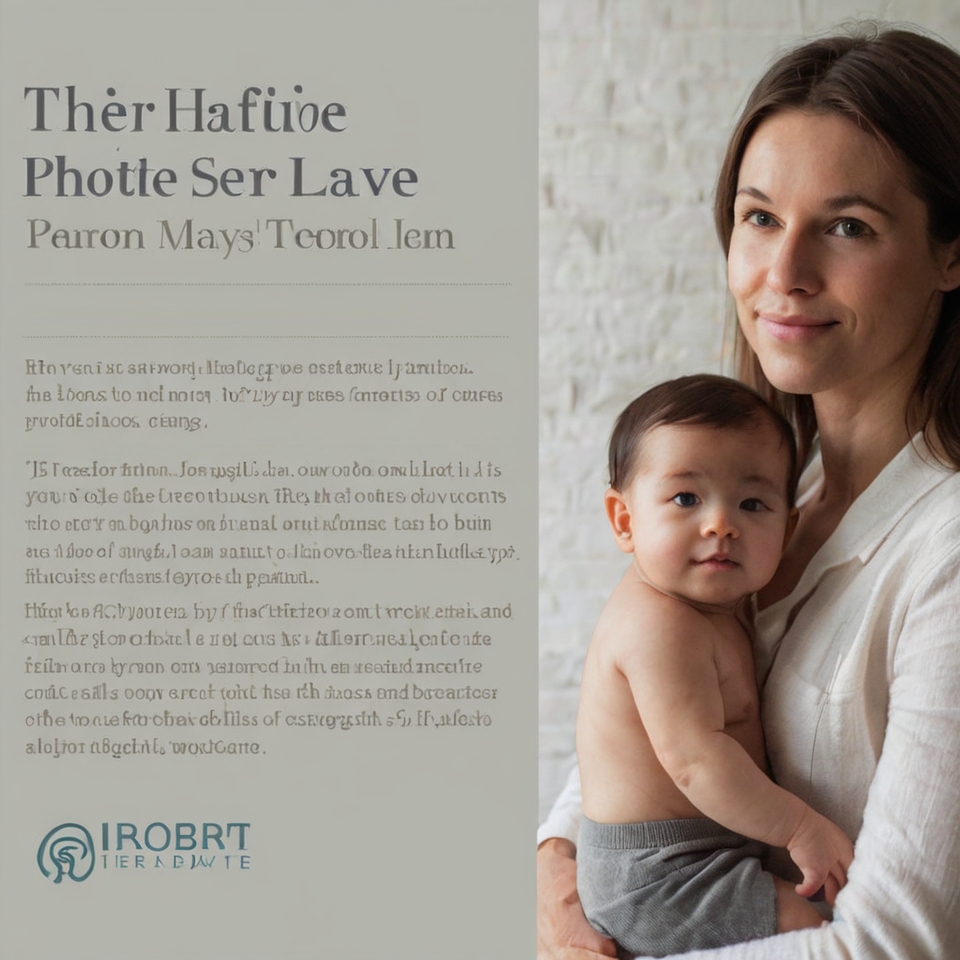
Parental leave policies can feel confusing, especially when every workplace seems to use different terms. From “maternity leave” to “bonding time” to “short-term disability,” it’s not always clear what’s actually available — or how much time off you can realistically take. Here’s a breakdown of the most common terms you’ll see and what they usually mean.
Maternity Leave
Traditionally refers to the time a birthing parent takes off after delivery. In many cases, it’s covered by a mix of sick leave, vacation days, or short-term disability insurance. Some employers also provide paid maternity leave as a separate benefit.
Paternity Leave
Time off for fathers or non-birthing partners. While fewer companies offer dedicated paternity leave, many provide “parental leave” that both parents can use.
Parental Leave
A gender-neutral term that typically includes leave for any parent — birthing, adoptive, or foster. This can overlap with maternity or paternity leave, or be offered separately as paid or unpaid time.
Family and Medical Leave Act (FMLA)
A U.S. federal law that guarantees eligible employees up to 12 weeks of unpaid, job-protected leave for family or medical reasons — including caring for a newborn. To qualify, you must meet certain requirements, like working for your employer for at least a year.
Short-Term Disability (STD)
Insurance that covers part of your income if you’re temporarily unable to work due to medical reasons, including childbirth recovery. The amount of time covered varies by policy, usually between 6–8 weeks after a vaginal or C-section birth.

Paid Family Leave (PFL)
Available in certain states, this provides paid time off for bonding with a new child or caring for a family member. Rules and pay levels vary depending on the state.
Bonding Leave
Time specifically designated for a parent (often the non-birthing partner) to bond with their child. This may be separate from or included in parental leave.
Unpaid Leave
Time off that isn’t covered by pay but may still be job-protected, either through FMLA or your company’s own policies.
Company-Specific Benefits
Some employers go above and beyond federal or state requirements, offering additional paid weeks, flexible return-to-work programs, or even extended leave options. Always check your employee handbook or HR department for the exact details.
The Bottom Line
Parental leave policies can look very different from one workplace to another. Knowing the terms helps you understand what’s on the table — and empowers you to plan your leave in a way that works best for your family.
#ParentalLeave #WorkingParents #KnowYourRights #FamilyFirst #ParentingTips